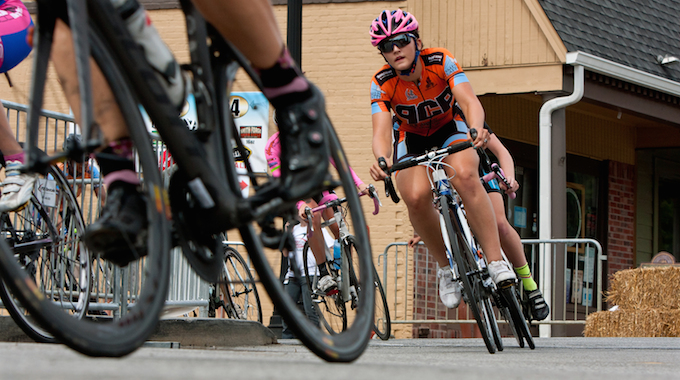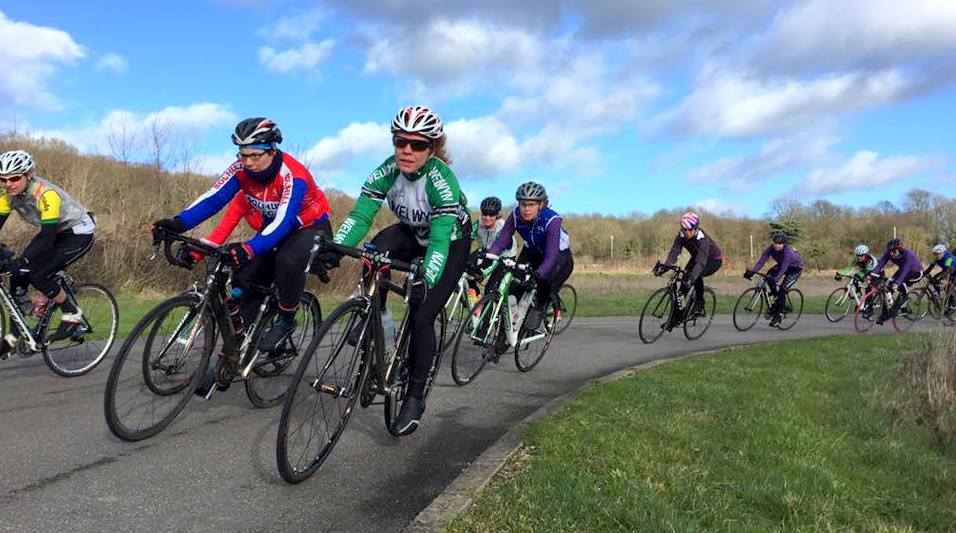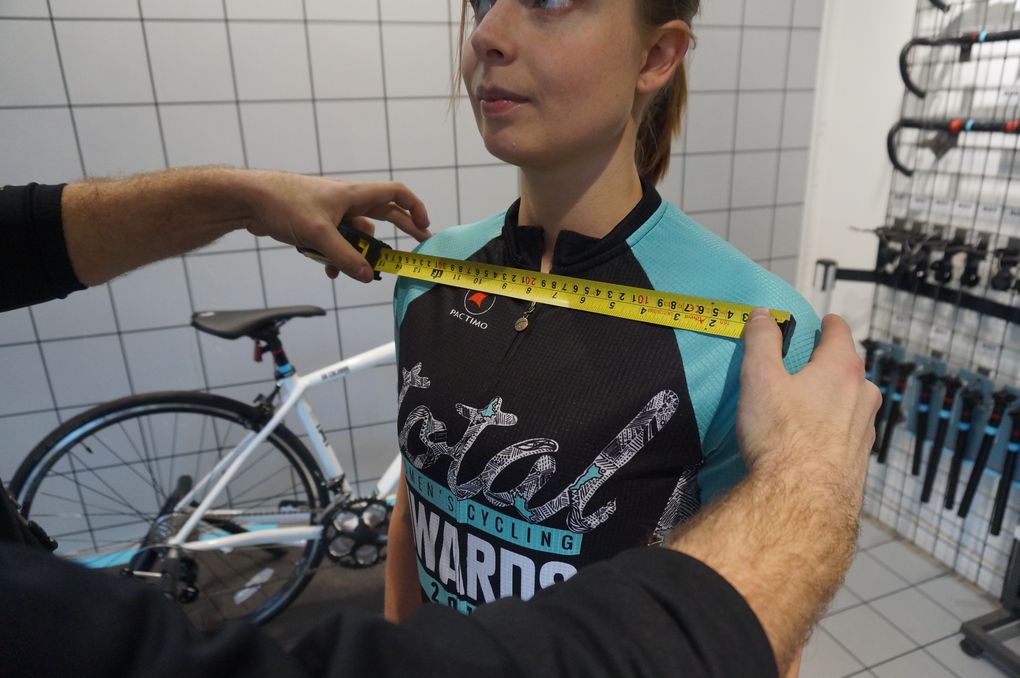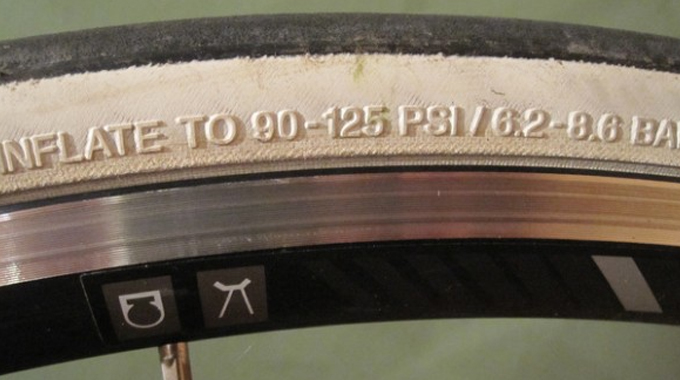There are three major areas that cause road cyclists grief when it comes to riding skills: climbing, descending, and cornering. Sometimes the latter incorporated with either of the former can make it all even more tricky.
Developing your cornering skills on your road bike will improve your confidence, and your speed as you won’t need to decelerate so much for every bend. It doesn’t need to be difficult either – a little know how and practice will go a long way.
Here are five areas that can cause problems for road cyclists when cornering, and how you can overcome them…
Not knowing how to position your weight
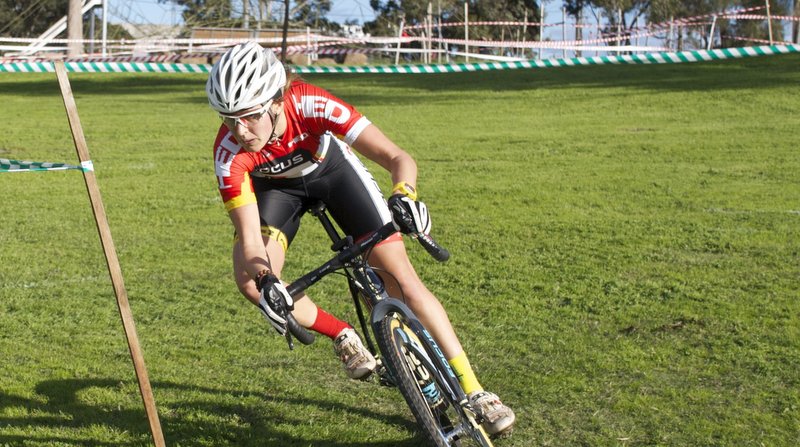
Cornering isn’t just about turning the handlebars. In fact, turning the handlebars makes up a tiny percentage of the actual movement – or it should.
Practice this Drill for Perfect Cornering
When you corner, you need to lean into the bend. Imagine your bodyweight dictating your direction as you swoop – and then put that into practice.
It’s a lot easier to get this right when you’re in the drops, as your weight is over the handlebars. Lift up your inside leg, and keep the outside leg active to maintain stability. Look up and out the other end of the corner – in the direction you want to travel.
The faster you’re going, the more you need to lean in – of course leaning in too much can cause you to lose traction, and wet roads mean you should adjust your speed and stay slightly more upright.
Working out the perfect degree of lean takes practice. Head out to a quiet housing estate or car park, that you know won’t have a lot of traffic, and practice cornering. Gradually increase your pace as you become more confident, but take your progression slowly – there’s no need to overcook it and learn how much lean is too much the hard way.

